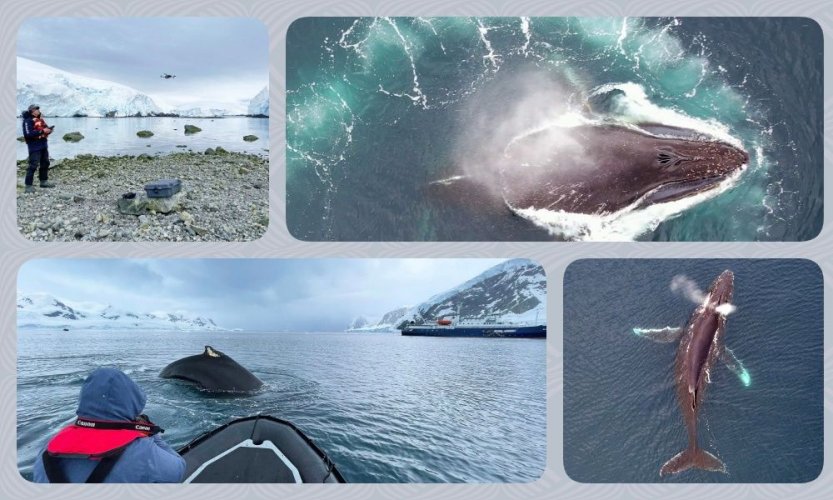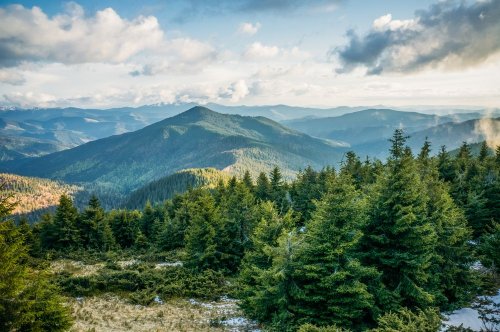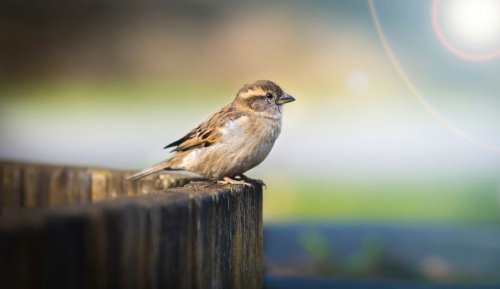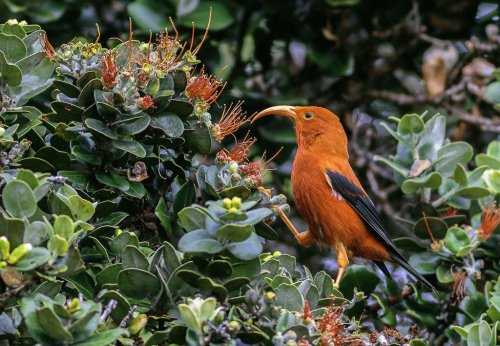Ukrainian biologists at the Akademik Vernadskyi Antarctic Station began using drones to study whales, fin whales, killer whales, seals and sea leopards.
With the help of drones, scientists can accurately determine the age and fatness of the animal to understand the state of the whale population and their food base, the National Antarctic Science Center reported on Facebook.
It is noted that some species come to the Antarctic precisely for food.
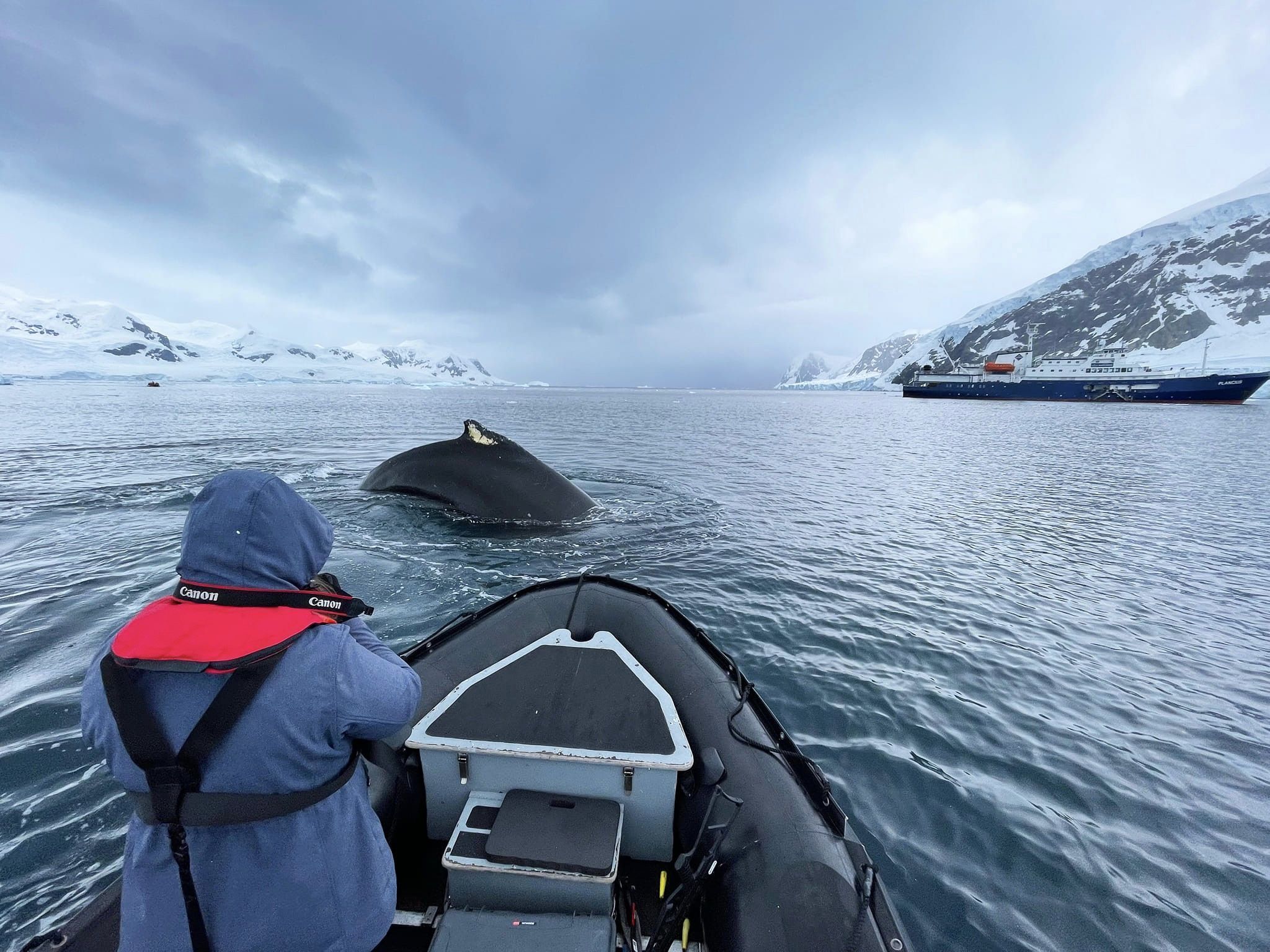
Biologists emphasized that whales are the largest animals on the planet. Thus, the length of humpbacks reaches 13-15 m, and blue whales - 30 meters. Measuring animals from a boat or from the shore is quite difficult, and the image from a drone makes the task much easier. For more accurate calculations, scientists use a drone equipped with an additional laser altimeter.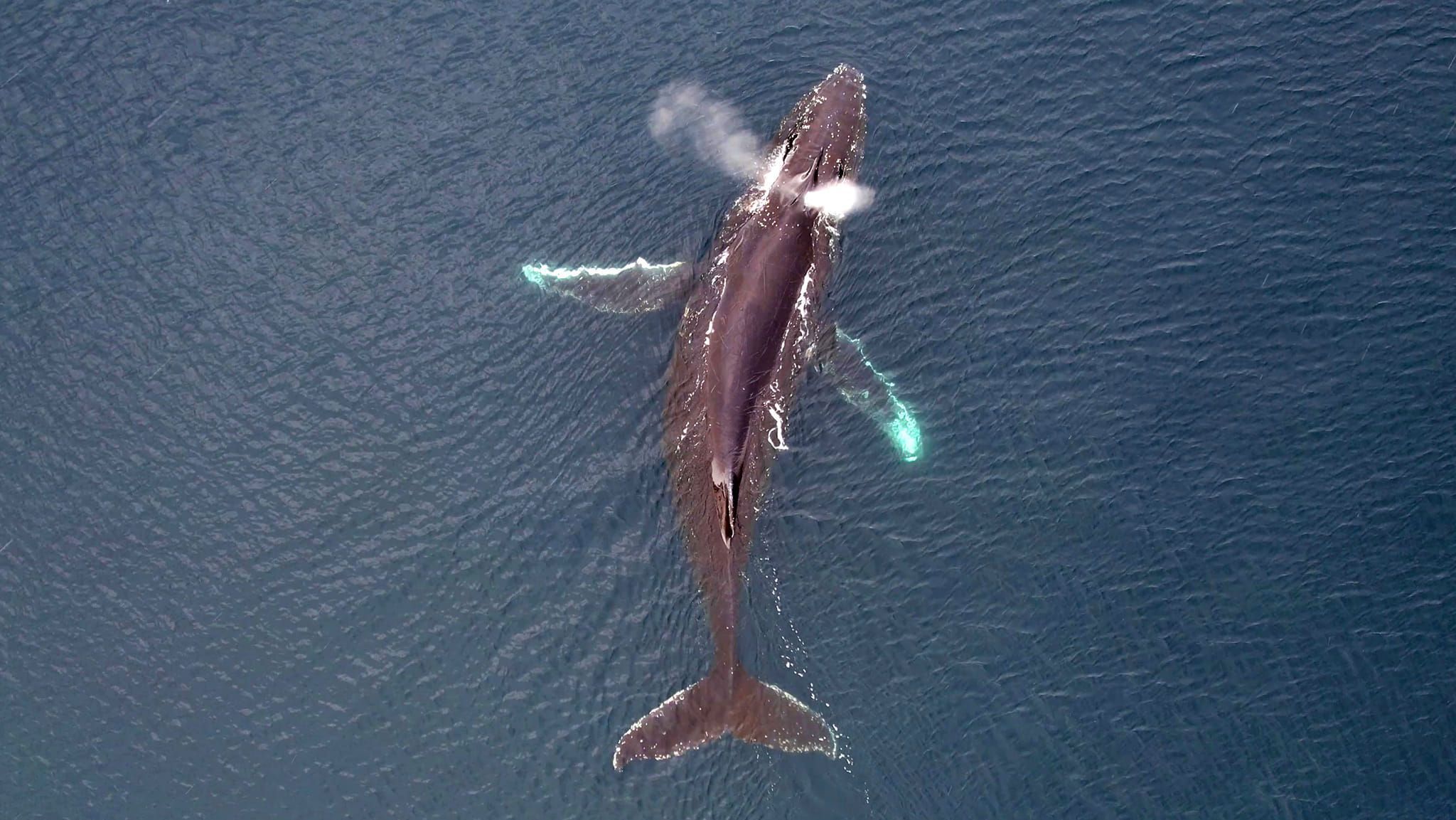
The informed explained that in the last century whales were exterminated en masse.
"One of the important tasks of this program is to study the reaction of whales to the approach of boats and their stay nearby. This is an international experiment, based on the results of which the rules regarding scientific and recreational whale watching in the Antarctic will be adjusted," the scientists said.
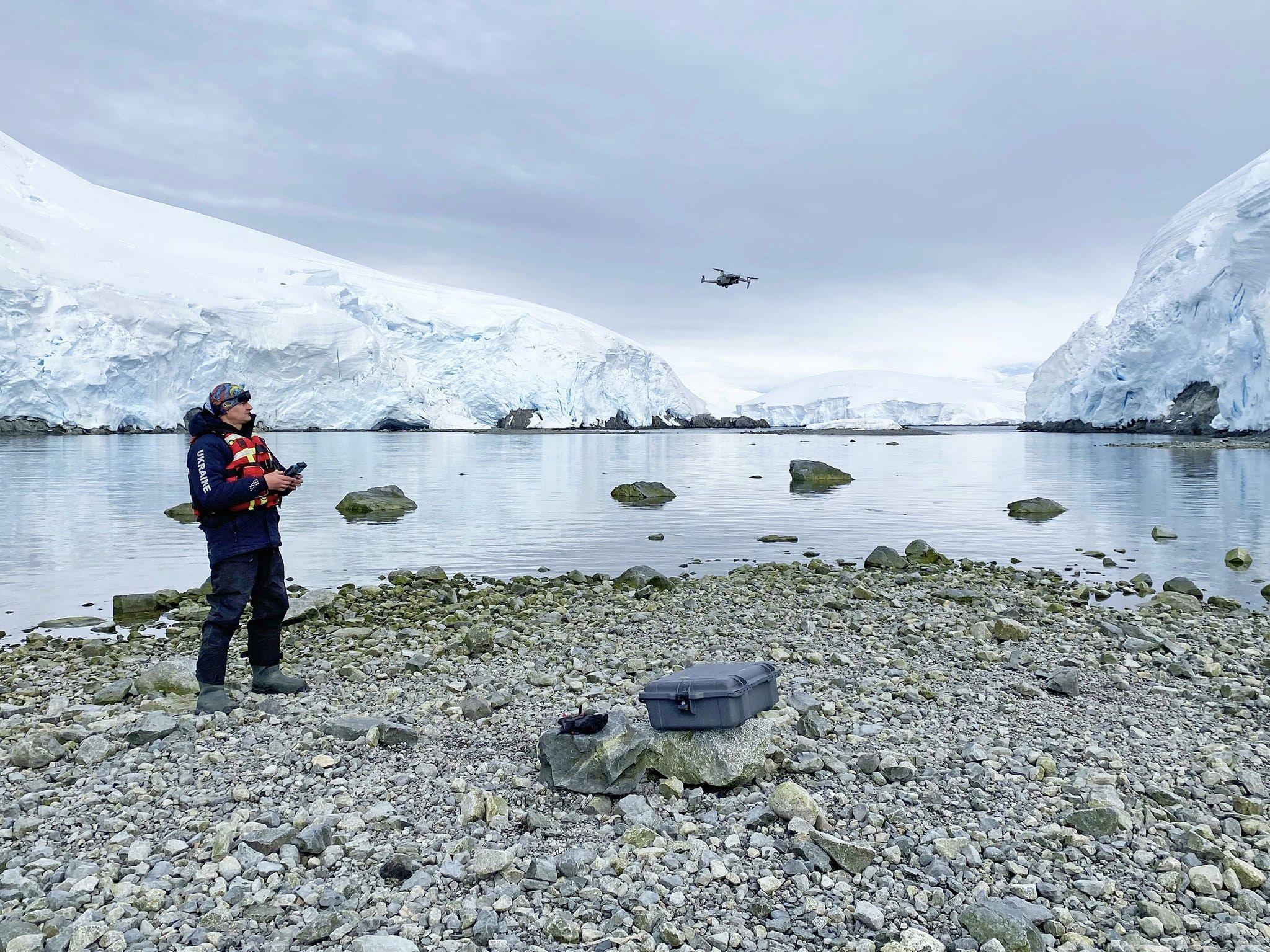 Drones are also helping to study whale behavior, they added. For example, how females teach their young to eat krill on their own or how they interact during group hunting and social contacts.
Drones are also helping to study whale behavior, they added. For example, how females teach their young to eat krill on their own or how they interact during group hunting and social contacts.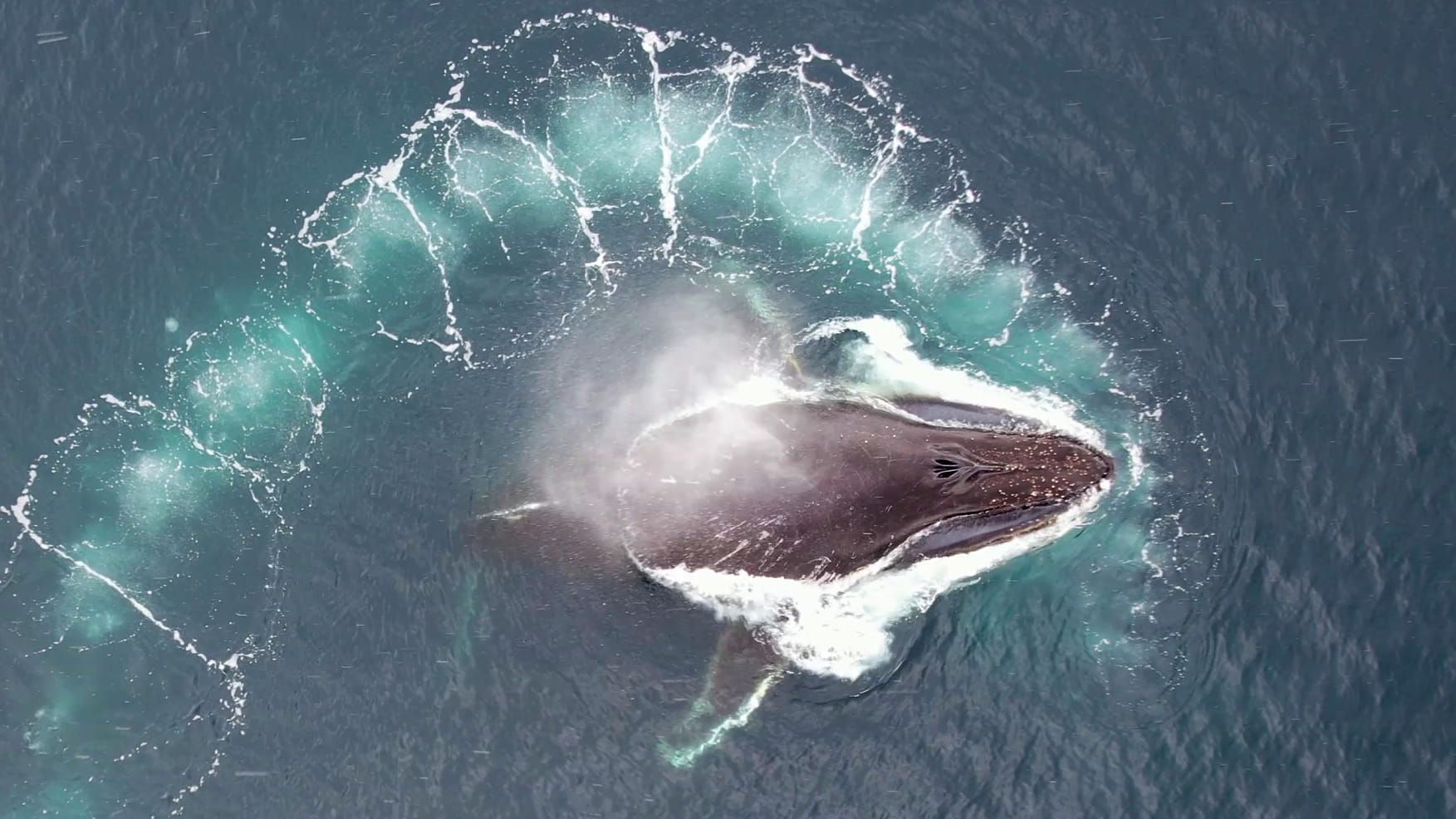
The informants emphasized that a comprehensive study of whales at the station began in 2018. Scientists have already collected a lot of information about the migration of humpback whales in the Southern Hemisphere and the contacts between their populations.
As EcoPolitic reported before, in Antarctica, near the Ukrainian station Akademik Vernadskyi, the snow turned pink, due to the "blooming", i.e. mass reproduction, of single-celled green algae.

